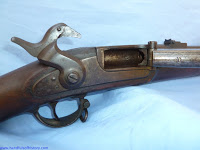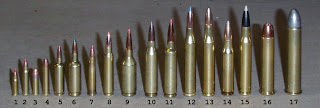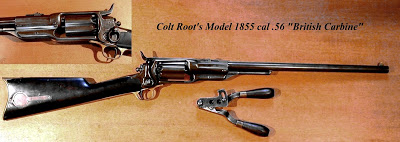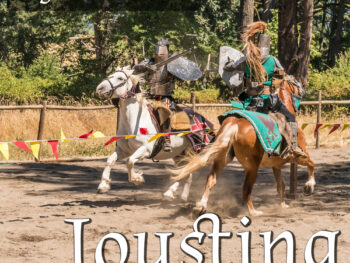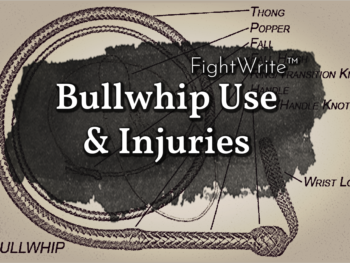Just as in my last post regarding firearms, Firearms Part I, Handguns, I’m not addressing military grade or anything from the Star Wars catalog. Regarding the latter, I’m attaching a Mythbusters episode regarding whether a blaster can really be dodged.
(Can we just pause a moment in honor of Adam, Jamie and the whole lot? I miss them!)
Rifle – a gun fired from shoulder level, having a long spirally grooved barrel.
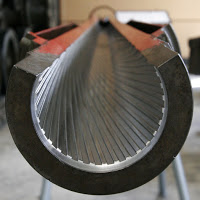 |
| Rifling in a Rifle Barrel |
The grooves in the barrel of the rifle are known as rifling and they are the bread and butter of this weapon. The spin the grooves create give the bullet stability as it goes. Without it the bullet would be more flung out than shot. Because of that stability, a rifle lends itself to more accuracy over greater distances.
There are many types of rifles. Some are classified by the mechanism they use to shoot (air rifle), and some for their intended use (elephant rifle). I’m going to gloss over some of the most common, historically and now, as well as the ammo.
Rifles (and One That’s Not):
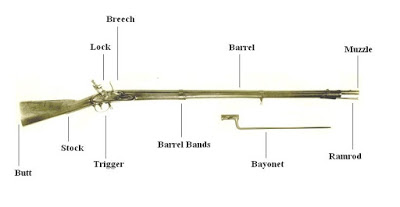
Musket – If a musket doesn’t have rifling, it’s not a rifle. But, it has the long stock look so I’m putting it in. There were over a half dozen kinds including matchlock, flintlock and loose powder. Most smooth bore (non-rifled) were only accurate up to about 50 yards. A rifled could be accurate up to 500 yards. We get the phrase “lock, stock and barrel” from the musket.
This video is the loading and firing of a flintlock musket. It’s a none too hasty undertaking.
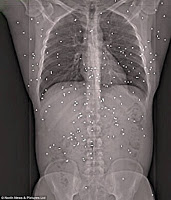
Until the next round at FightWrite.net, get blood on your pages!



